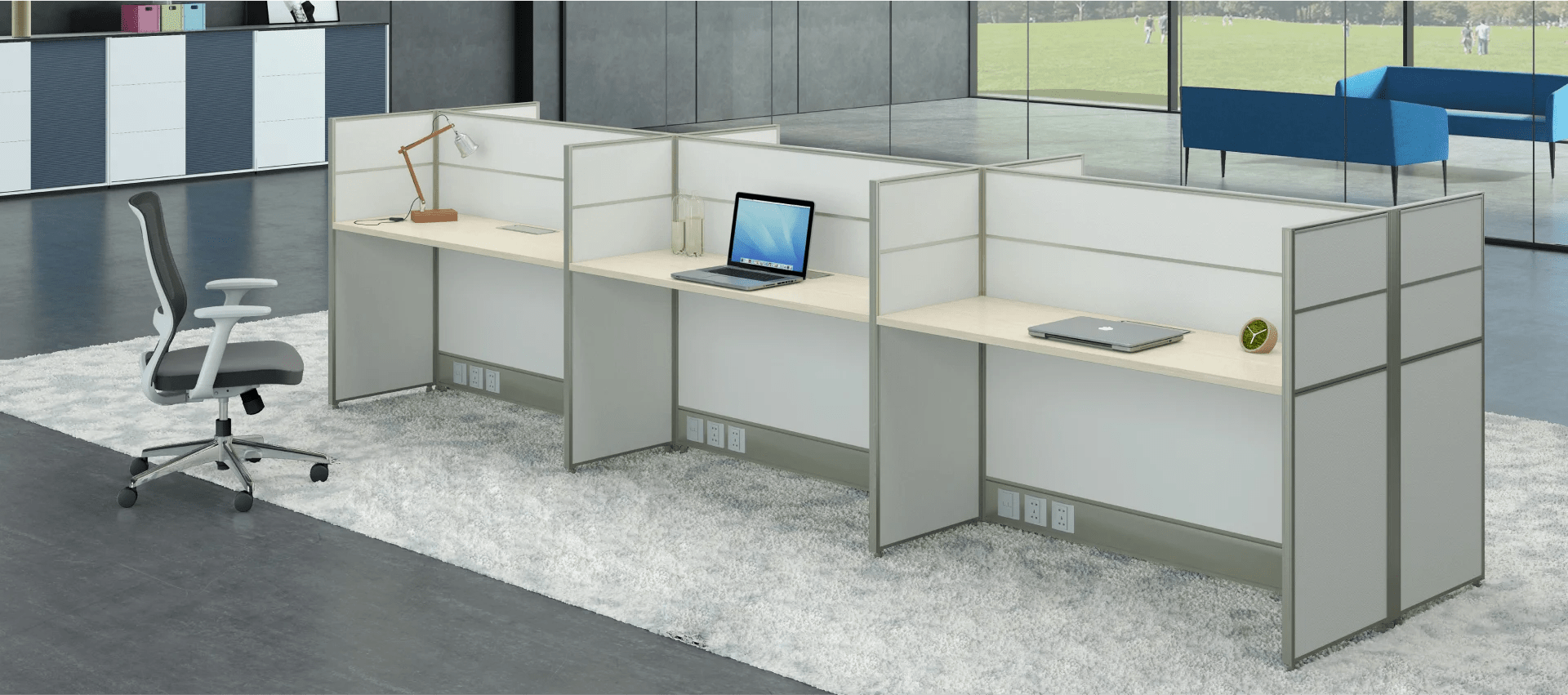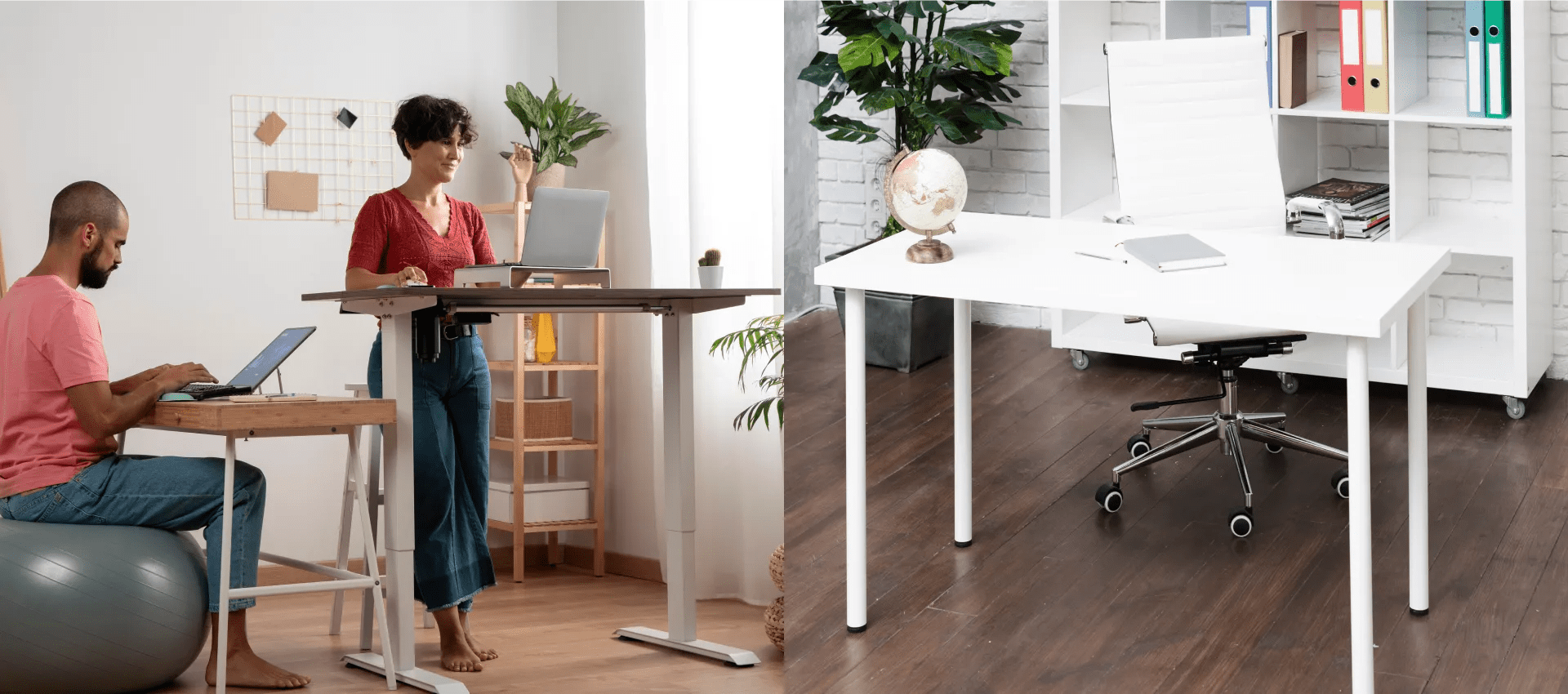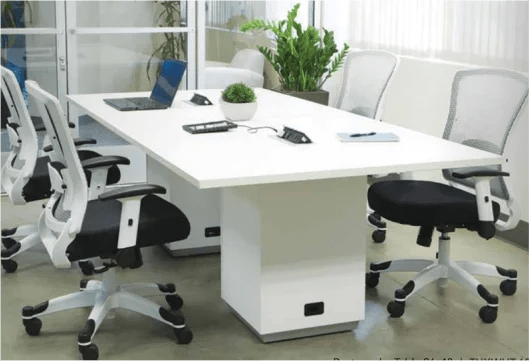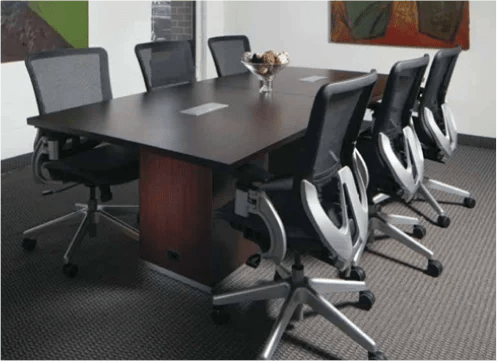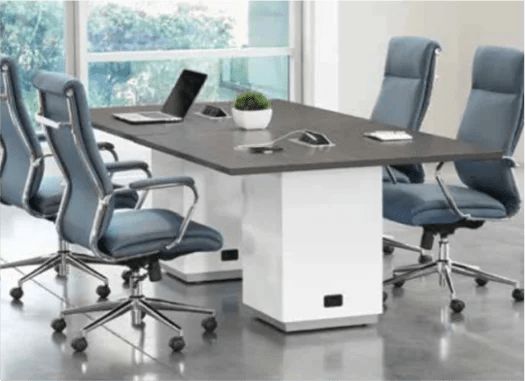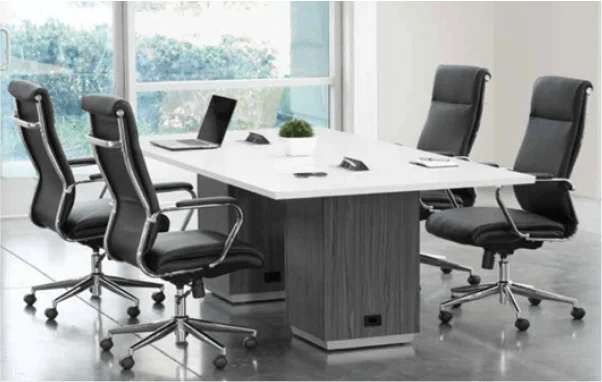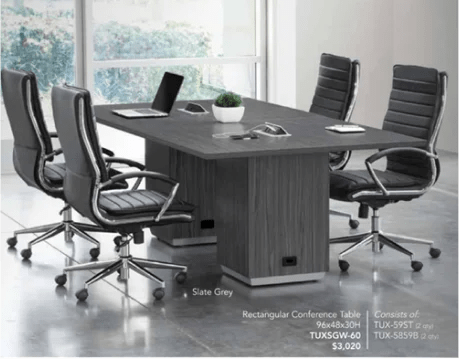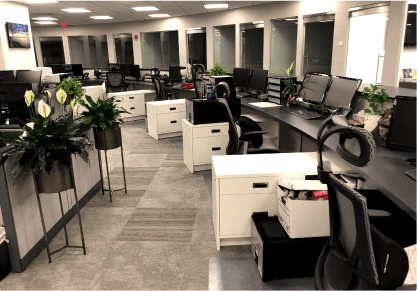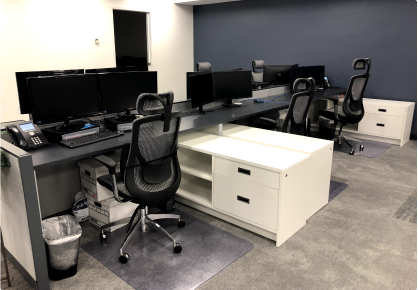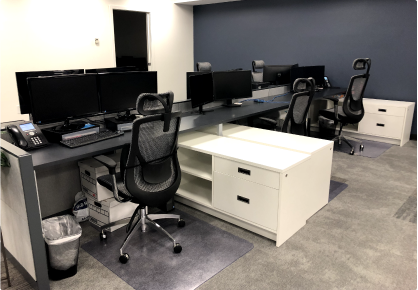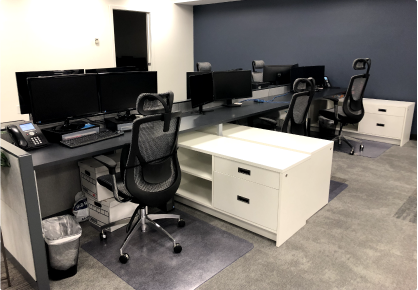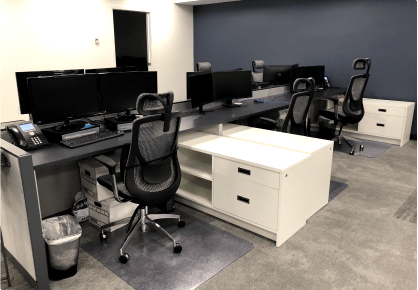- NY Phone: (212) 641-4300 |
- NJ Phone: (908) 300-5664
How to Design a Collaborative Workspace That Employees Love
How to Design a Collaborative Workspace That Employees Love

A well-designed collaborative workspace is more than just an open office; it’s an environment that ignites productivity, fosters innovation, and boosts employee satisfaction. The right blend of flexibility, comfort, and technology can cultivate an engaging workplace that strengthens teamwork while still allowing for focused individual work. Here’s how businesses can achieve this with effective strategies and smart furniture solutions.
Foundational Principles for a Collaborative Workspace
To build a truly effective collaborative workspace, consider these core principles:
- Flexibility: Adaptable workspaces empower employees to seamlessly transition between individual tasks and team activities. Embrace movable furniture, modular walls, and reconfigurable zones.
- Functionality: A practical design is paramount. Prioritize ergonomic chairs, accessible technology, and designated areas tailored for different work modes.
- User Comfort: A comfortable environment significantly enhances productivity. Invest in ergonomic furniture, ensure adequate lighting, and cultivate a welcoming atmosphere to promote employee well-being.
- Choice-Driven Approach: Offering diverse workspace settings—such as open areas, private nooks, and dedicated collaboration zones—ensures employees have options that align with their preferred work styles.
- Balance: Striking the right balance between collaboration and privacy is crucial. While open spaces encourage teamwork, quiet zones provide essential space for focused concentration.
Key Design Elements & Layouts for Collaboration
Different office layouts cater to varying needs for collaboration and individual focus:
- Open Plan: Encourages spontaneous interactions and idea sharing. Implement acoustic panels and designated quiet zones to effectively manage noise levels.
- Clustered Workstations: Ideal for small teams working closely together. Benefit from pod-style desk arrangements with shared whiteboards for efficient communication and brainstorming.
- Zonal Layout: Divides the office into distinct functional areas—such as focus zones, social spaces, and collaboration hubs—clearly defining each area with appropriate furniture and amenities.
- Hub-and-Spoke: Features a central meeting hub surrounded by individual workstations, making collaboration convenient without disrupting the flow of individual work.
- Lounge-Style: Informal seating arrangements with comfortable sofas and coffee tables foster relaxed discussions and encourage creative brainstorming sessions.
Essential Features for a Successful Collaborative Workspace
A thriving collaborative workspace incorporates key features that support both efficiency and comfort:
- Movable Partitions: Offer the flexibility to reconfigure workspaces as needed.
- Ergonomic Furniture: Supports proper posture and prevents physical discomfort.
- Sound-Absorbing Materials: Effectively controls noise levels through the use of acoustic panels and soundproof booths.
- Adjustable Smart Lighting: Allows for customizable brightness and color temperature to enhance focus and mood.
- High-Speed Internet and Seamless Connectivity: Absolutely essential for smooth and uninterrupted collaboration.
- Writable Surfaces and Interactive Screens: Facilitate dynamic brainstorming and effective idea-sharing.
- Ample Power Outlets and Charging Stations: Ensure devices remain powered and accessible.
- Biophilic Design: Incorporating plants and natural elements helps create a calming and more productive atmosphere.
- Task Management Tools: Digital solutions like Trello, Asana, or Monday.com help teams stay organized and track progress effectively.
Integrating Technology for Seamless Collaboration
Modern offices rely on technology to connect in-office and remote teams effectively. Implementing these tools can significantly enhance teamwork:
- Virtual Collaboration Platforms: Tools like Google Workspace and Microsoft Teams ensure hybrid teams can stay connected and collaborate seamlessly.
- Gamified Dashboards: Platforms like Spinify can encourage engagement and motivate teams through interactive dashboards that track progress and celebrate achievements.
- Shared Calendars: Google Calendar or Microsoft Outlook streamline scheduling, meeting coordination, and team availability.
Addressing Common Challenges in Collaborative Workspaces
Creating a collaborative workspace comes with its own set of challenges, but these solutions can help mitigate them:
- Managing Noise: Implement soundproof booths, encourage the use of noise-canceling headphones, and consider introducing designated “quiet hours.”
- Preventing Overcrowding: Utilize occupancy tracking tools to optimize space allocation and ensure comfortable density.
- Balancing Aesthetics and Functionality: Involve employees in the design process and prioritize ergonomic solutions that also contribute to a visually appealing environment.
Cultivating a Cohesive and Engaging Environment
A well-designed collaborative space should inspire creativity, foster a sense of community, and enhance teamwork:
- Cohesive Design: Open layouts with flexible furniture promote natural interactions and a sense of flow.
- Dynamic Furniture: Mobile and adaptable furniture supports a versatile and evolving workspace.
- Biophilic Elements: Incorporating natural light, plants, and earthy tones can boost creativity and reduce stress levels.
- Visual Stimulation: Thoughtful wall art and the strategic use of color psychology can positively influence mood and motivation.
- Clear Goals and Roles: Ensure employees understand their individual responsibilities and how their contributions contribute to overall team success.
- Educational and Creative Workshops: Hosting workshops with industry experts can foster continuous learning, spark innovation, and build team skills.
Conclusion
By implementing these strategies, businesses can cultivate a workspace that truly fosters collaboration, drives innovation, and elevates employee satisfaction. Companies like Eltru specialize in sustainable office furniture solutions that are designed to support these dynamic and evolving work environments. By choosing adaptable and ergonomic furniture, organizations can create a productive and engaging workplace where employees feel motivated to connect and collaborate.
Remember to actively solicit employee feedback throughout the design and implementation process to ensure the space truly meets their needs and evolves with their work styles. Ultimately, a well-designed collaborative workspace is one that employees genuinely enjoy being a part of, leading to enhanced productivity, improved communication, and a higher level of overall workplace satisfaction.
Contact Us For
OFFICE SPACE SOLUTIONS
and FF&E Services
Copyright © 2025 RJV Office Furnishing LLC

